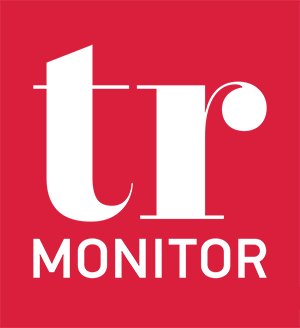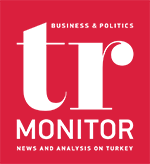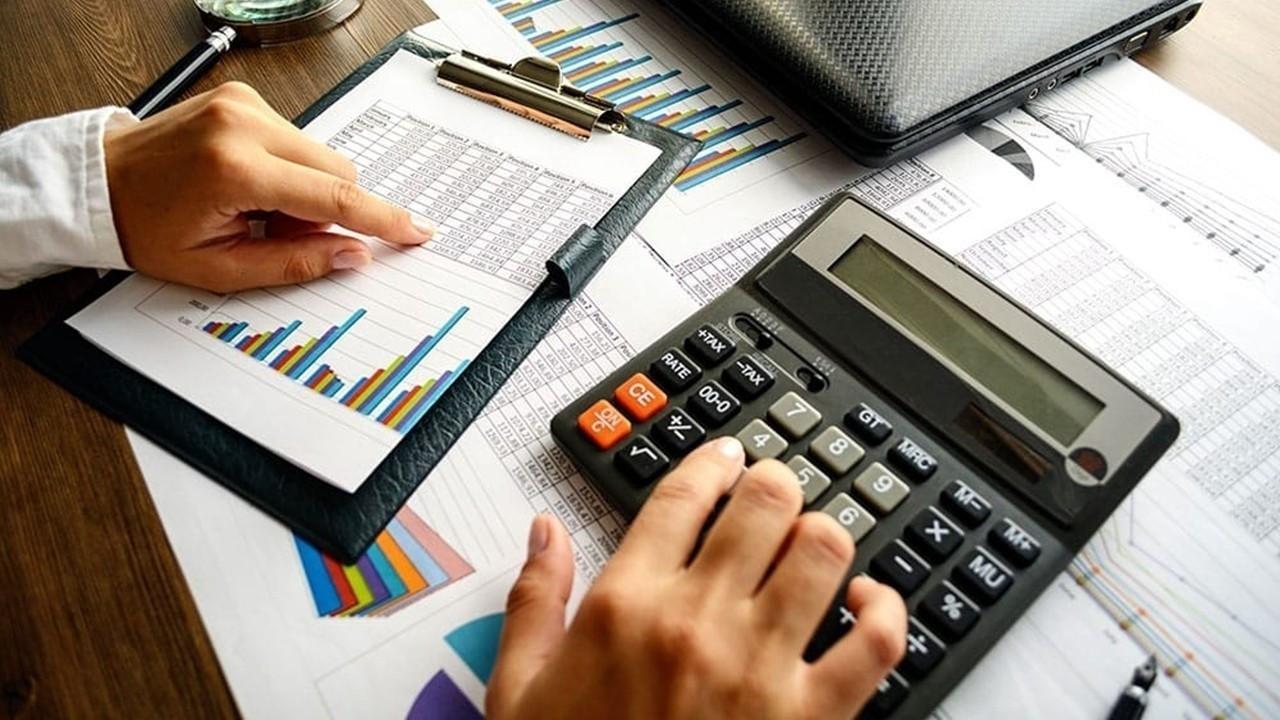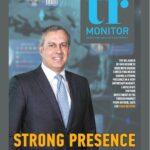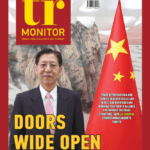BY ISMET OZKUL
Turkish voters will make an important decision at the historic elections on Sunday. It is a go-no-go decision time by evaluating the 5-year experience in which the presidential system has been transformed into a one-man regime.
Here, we will only look at the economic side of this evaluation with data. Here is the economic scoreboard of the 5-year presidential regime and the Erdogan administration. It is up to everyone’s common sense and conscience to say whether to continue with this scorecard or say “no” to those responsible for it.
>> Growth: The last five years have been slippery in growth. National income is almost equal to the level five years ago in dollar terms, and the per capita income is lower. Turkey is facing the possibility of falling out of the top 20 economies while it was dreaming to be the 10th largest economy in the world. Moreover, the expansion in the last two years is a growth with extremely unhealthy and risky consequences.
>> Foreign trade balance: The foreign trade deficit and the current account deficit (CAD) increased rapidly in the last two years. While the CAD exceeds USD 55bn, the foreign trade deficit is about to hit USD 120bn. The ratio of the CAD to the national income is in the extreme risk zone at 5.4%.
>> Debt burden: The external debt burden increased in the last five years. Domestic debt quadrupled. The budget deficit increased sevenfold. The budget deficit has skyrocketed recently.
>> Foreign exchange reserves and exchange rates: The government claimed that the CAD will be closed and the foreign trade deficit will decrease when the Turkish economy model comes into play. But the opposite happened. The Central Bank’s safe is empty, and it relies on debt. Net reserves, excluding borrowed funds, are minus USD 38bn. This situation raises the fever of exchange rates. The exchange rates are almost five times higher than five years ago despite all the maneuvers to suppress them.
>> Interest rates: Both deposit rates and loan rates are at the same levels as they were five years ago and many times higher than the previous period despite all the noise on low interest. Moreover, it carries a time bomb for the financial system, as the commercial loan rates are below the deposit rates.
>> Social bill: The cost of these developments to the public, especially to the lower income groups, was very heavy. Unemployment remained at double-digit levels while inflation jumped. The rate of a composite measure of labor underutilization consisting of time-related underemployment exceeds 20%. We are experiencing an unprecedented decline, a loss of 25% in five years, in the share of labor in national income. As a result, the income distribution worsened. The gap between the richest and poorest 5% income groups increased from 23.96 times to 26.12 times. This figure is for 2021. The situation became even more disastrous in 2022 with soaring inflation.
